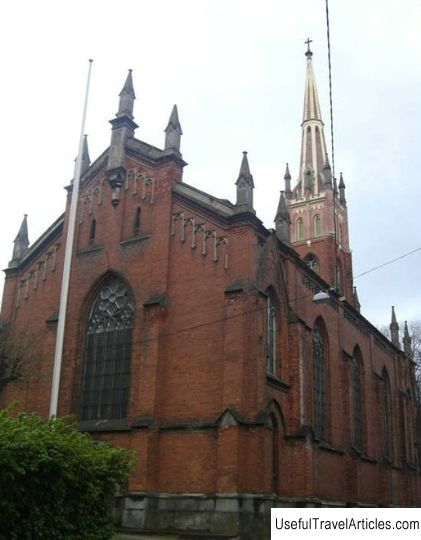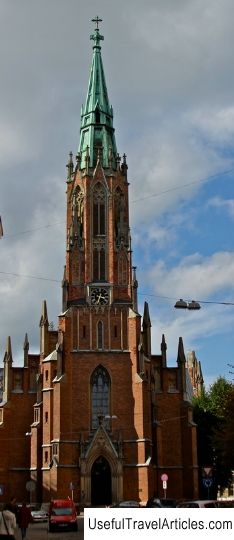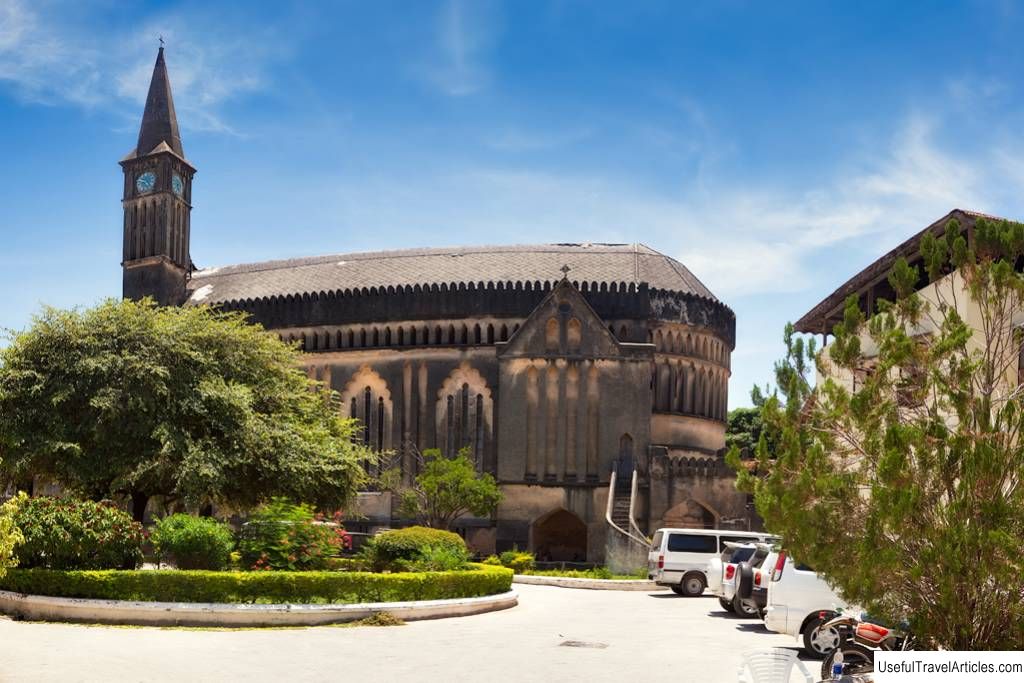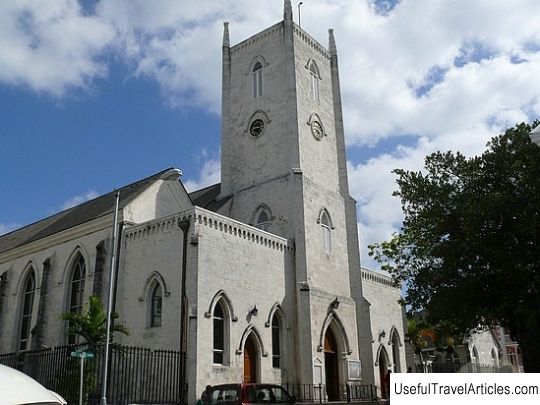The Factory Church of St. Savior description and photo - Latvia: Riga
Rating: 8,4/10 (2454 votes) 
Anglican Church (The Factory Church of St. Savior) description and photos - Latvia: Riga. Detailed information about the attraction. Description, photographs and a map showing the nearest significant objects. The name in English is The Factory Church of St. Savior. Photo and descriptionThe Anglican Church of the Holy Redeemer is a neo-Gothic temple designed by the architect Johann Daniel Felsko. The central facade of the church faced the embankment of the Daugava River. The construction of the temple was carried out for several years, from 1855 to 1859. Already in 1852 the Anglican community, officially formed in 1830, received a plot for the construction of the temple. The first stage of construction began in 1853, but soon construction work had to be stopped due to the outbreak of the Crimean War. After the conclusion of the Paris Peace Treaty, the construction of the temple continued. Construction materials - sandstone, brick, earth for the foundation - were brought by parishioners from the regions of the British Kingdom. Such a patriotic gesture emphasized that that the temple is on British soil. The foundation stone of the church was solemnly laid on June 16, 1857. Two years later, the Anglican Church was consecrated by Bishop Trover. The official name of the church is indicated at the entrance: “The Factory Church of St. Savior, Riga ". The temple is made in bright red brick, in some places a red tint appears, in some places burgundy. Above the entrance there are classical choirs, above the altar part there are star-shaped vaults made in a pseudo-Gothic style. The facade of the building is decorated with Gothic arches that serve as a decorative function. In plan, the church has a rectangular shape, even taking into account the towers and the altar part. Funds for the creation of the rich interior decoration were donated by the wealthy Armitsted family in Riga. Many items of church inventory were made of oak, the windows were decorated with stained-glass windows. The church was designed for two hundred people. The Italian church painter Bellentini painted a picture for the altar part. In 1940, the church was confiscated from the parish, however, a year later a plan was drawn up to improve and rebuild the church. At the same time, the temple was named the Church of the Savior and was transferred to the Latvian Lutheran parish. After the Second World War, the church building was empty. In the early 70s, there was a hostel for students of the Riga Technical University. In the same years, a plan for a large-scale reconstruction of the temple was developed. The restoration work affected the restoration of stained-glass windows, repair of the roof. Often, in the period 70-80. the room was used as a recording studio, because the acoustics were excellent. The Anglican parish returned the church only in 1992. Divine services began in 1998, in addition, regular concerts of sacred organ music are held. There is a Sunday school at the church. Among other things, the church is also famous for the fact that in July 2005 the first gay service in Latvia was held here, conducted by pastor Maris Sants, who did not hide his non-traditional sexual orientation. In the same year, a gay pride parade began its march from the temple building, which was greeted by the majority of Riga residents without much sympathy. There is a Sunday school at the church.    We also recommend reading De Adriaan's Mill description and photos - The Netherlands: Haarlem Topic: The Factory Church of St. Savior description and photo - Latvia: Riga. |




